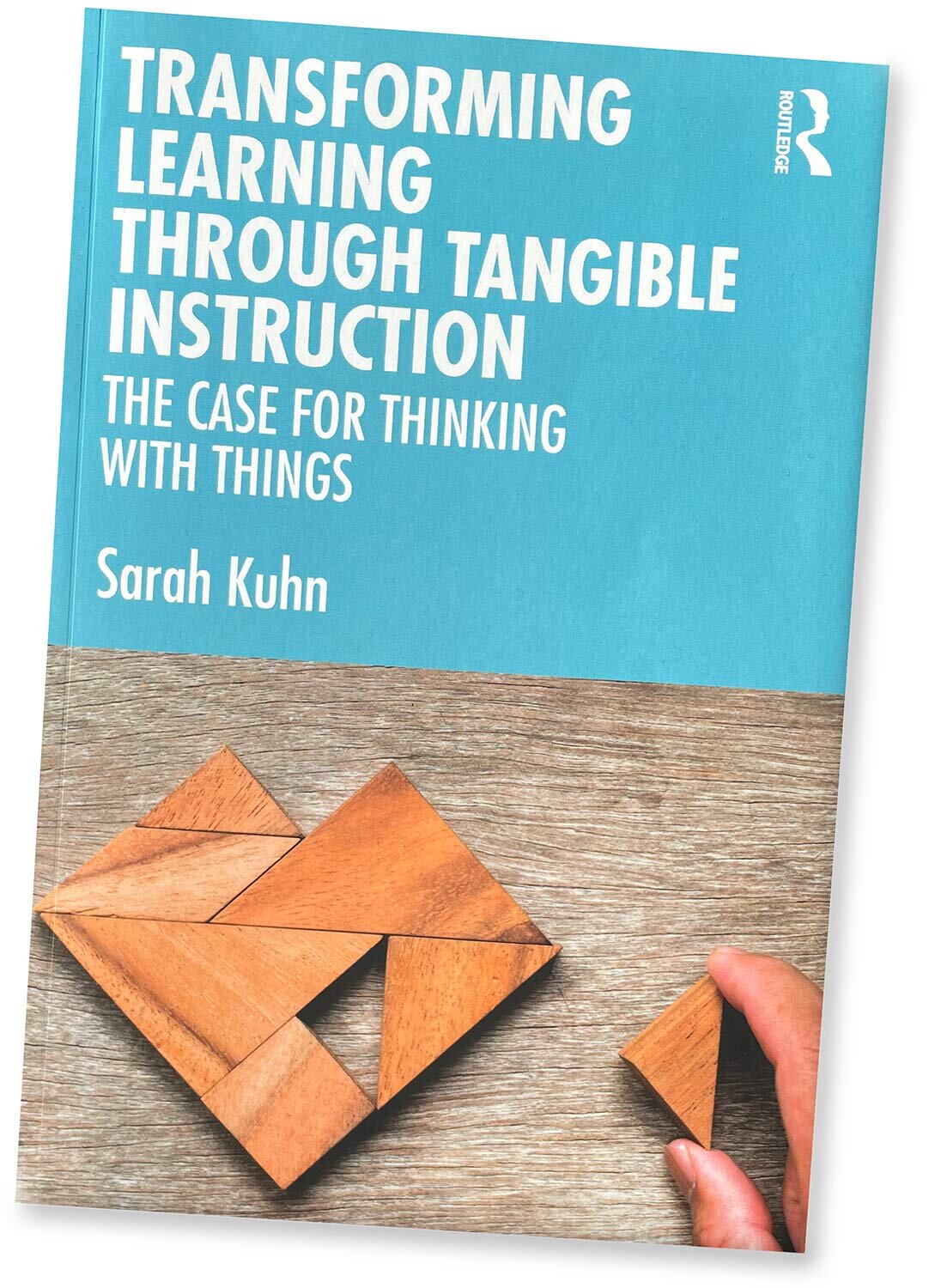I'm on a mission to transform how we teach in college. We think with our hands, our bodies, and our immediate environments, not just with the contents of our skulls. So why do we send students into the sensory deprivation chamber that is the conventional classroom, telling them to sit still, face the teacher, and take notes? The culmination of thirty years in university classrooms, my book, Transforming Learning Through Tangible Instruction: The Case for Thinking With Things, presents the rationale for bringing active learning with physical materials into our teaching practice, creating a new and vibrant learning ecosystem for students.
Whether you are a professor or a parent, a student or an administrator, a teacher, a citizen, or a policymaker, I invite you to explore these ideas about how we can teach more effectively and engagingly, taking advantage of the way all of us evolved to learn: through exploration and hands-on encounters with the world and the concepts around us.
I’m Sarah Kuhn, Professor Emerita at the University of Massachusetts Lowell, and in addition to my book I offer workshops, presentations, and book talks on topics related to transforming learning and Thinking With Things.
From the publisher:

